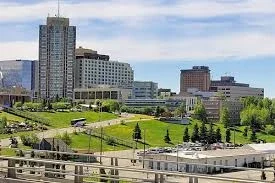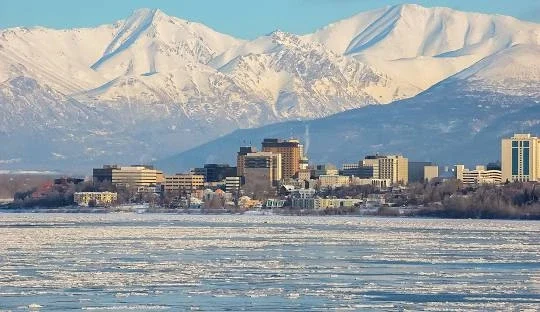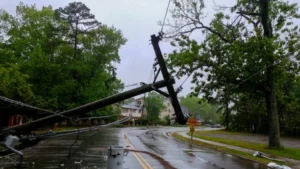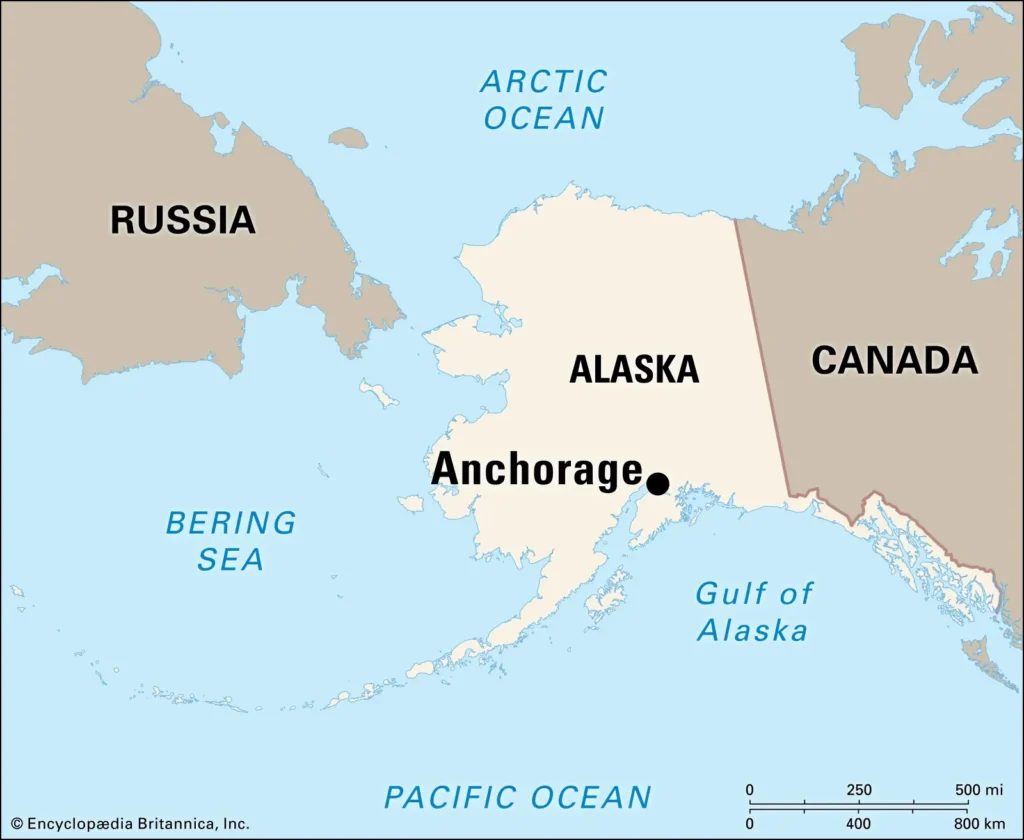Anchorage is the largest city in Alaska, acting as a hub for trade, transportation, and culture. However, its cost of living often raises questions due to its remote location and unique geographic factors. This article explores key cost elements, providing readers with the most accurate and current statistics, derived from authoritative sources.
Table of Contents
Key Statistical Data on Anchorage's Cost of Living

Housing Costs
Housing remains one of the most significant costs in Anchorage. According to the latest, the average monthly rent for a one-bedroom apartment in Anchorage is approximately $1,500.
Significantly higher than the U.S. national median which is $357138.
Utilities
Utility costs in Anchorage are higher than the national average, due to the city’s cold climate and energy demands. The average cost for utilities (electricity, heating, water, and garbage) for an 85 m² apartment is approximately $250 – $350 per month.
Food and Groceries
Grocery prices in Anchorage are notably higher due to its remote location. A typical grocery bill for one person averages $350 per month, with costs being 15-20% above the U.S. average. Products like fresh produce and dairy tend to be especially costly.
Healthcare Costs
Healthcare in Anchorage is relatively expensive, with the average monthly health insurance premium for an individual being around $450. However, quality healthcare facilities such as the Alaska Native Medical Center provide services across the region.
Transportation
Due to Anchorage’s vast size, transportation costs play a crucial role in the cost of living. Gas prices tend to be above the national average, with a gallon of gas costing around $4.30 in 2025. Car ownership costs, including insurance and maintenance, contribute significantly to monthly expenses.
Childcare and Education
Childcare is another major expense in Anchorage, with full-time daycare for an infant averaging around $1,200 – $1,500 per month. Public education is available at no cost, but private schools and higher education institutions add additional financial burdens.
Cost Comparison: Anchorage vs. U.S. Average
Category | Anchorage | National Average |
Housing (1-Bedroom Rent) | $1,500 | $1,200 |
Utilities (Monthly) | $250 – $350 | $150 – $200 |
Grocery (Monthly) | $350 | $300 |
Healthcare (Monthly Premium) | $450 | $400 |
Transportation (Gas) | $4.30/gallon | $3.50/gallon |
Percentage Difference
Factors Affecting the Cost of Living in Anchorage

a. Geographic Location
Anchorage’s location in Alaska influences the high cost of goods and services. Due to its isolation from the mainland U.S., shipping costs are passed on to consumers.
b. Energy Needs
The cold climate of Alaska demands substantial energy for heating, leading to higher utility costs compared to the continental U.S.
c. Limited Supply and High Demand
The demand for housing in Anchorage often exceeds the available supply, especially in popular areas near the city center, contributing to the high prices.
Average Salaries and Income in Anchorage
The average salary in Anchorage is approximately $88,744 annually, with significant variation depending on industry. For example, healthcare professionals and those in the oil industry can expect higher earnings, while service-sector jobs may offer lower wages.
Median Household Income (Overall)
The median household income varies based on age. Below is a breakdown by age group:
| Age Group | Median Household Income |
|---|---|
| Under 25 years | $48,991 |
| 25 to 44 years | $101,579 |
| 45 to 64 years | $122,253 |
| 65 years and over | $76,950 |
High-Paying Tech Jobs in Anchorage
The tech sector in Anchorage offers lucrative opportunities, including:
Cloud Architect: Up to $210,017
Machine Learning Engineer: High-paying roles with significant demand
Cybersecurity Experts: Competitive salaries with remote work options
Cost of Living in Anchorage: Pros and Cons
- Natural Beauty: Anchorage offers stunning outdoor opportunities like hiking, fishing, and skiing.
- No State Income Tax: Alaska is one of the few states that doesn’t impose a state income tax, which can help offset living costs.
- High Housing Costs: The high demand for housing combined with limited supply makes it a costly place to live.
- Transportation Costs: The need for personal vehicles due to limited public transportation options increases transportation expenses.
Also Read: 7 Reasons Why Nobody Lives in Alaska
Conclusion
Understanding the cost of living in Anchorage, Alaska, is crucial for anyone planning to move or live in this unique city. While the costs can be high, particularly in housing and utilities, Anchorage also offers a high quality of life, especially for those who enjoy outdoor activities and a slower-paced, close-knit community. By analyzing and planning accordingly, residents can understand the expenses and enjoy everything this beautiful city has to offer.
FAQs
Yes, Anchorage, Alaska, is considered expensive to live compared to the U.S. national average. The overall cost of living in Anchorage is approximately 24% higher than the U.S. average, primarily due to housing, utilities, and groceries. Utilities can cost up to $350 per month, and groceries are about 15-20% higher than the national average. Housing is one of the most significant expenses, making it harder for many to live comfortably without a higher income.
To live comfortably in Anchorage, Alaska, you would need to earn approximately $60,000 to $90,000 annually. This income level allows individuals to cover housing, utilities, food, transportation, and other essentials while maintaining a comfortable lifestyle.
The amount needed to live in Alaska varies based on the city and lifestyle, but in Anchorage, you should expect to need about $3,000 to $4,000 per month for a modest lifestyle.
Approximately $380,000 as of 2025.
Yes, rent in Alaska, particularly in Anchorage, is considered expensive. As of 2025:
- The average rent for a 1-bedroom apartment in Anchorage is around $1,500 per month.
- A 2-bedroom apartment averages about $2,100 per month. This is higher than the U.S. national average, reflecting the city’s remote location and housing demand.












